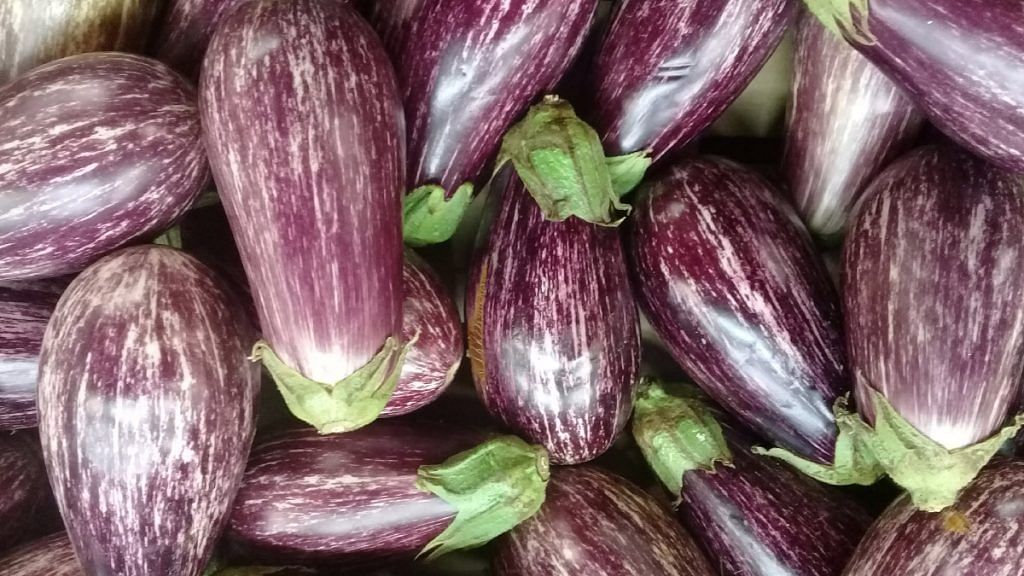New Delhi: Genetically modified (GM) brinjals result in over 40 per cent higher yields at half the pesticide expense of conventional seeds, a report from Bangladesh has concluded.
Researchers from the Washington-based International Food Policy Research Institute and the Bangladesh Agricultural Research Institute, a government agency, examined the impact of GM brinjals and found a 47 per cent reduction — or $85.53 (approx. Rs 6,000)/hectare — in the expense incurred by farmers on pesticides. The quantity of pesticides used was also found to have come down by 39 per cent.
Brinjal is a pest-prone crop
Brinjal is heavily treated with pesticides in Bangladesh since it is susceptible to the fruit and shoot borer (FSB) pest. Farmers spray their brinjal crop several times throughout the season to reduce yield losses.
Bt Brinjal is a GM variety that has a gene from the soil bacterium Bacillus thuringiensis (Bt). According to the report, “The protein in Bt Brinjal modification disrupts the digestive systems of certain pests, causing them to die within three days of ingestion.”
In 2013, Bangladesh became the first South Asian country to approve commercial cultivation of a GM food crop. Farmers in the country increasingly cultivate four indigenous varieties of Bt brinjal, which are resistant to attacks by the FSB, a common pest in South and Southeast Asia.
Also read: After ‘uprooting’ crop, Haryana asks Modi govt to probe Bt brinjal contamination case
The study
For the study, 1,200 farmers living in 200 villages were randomly selected to receive seedlings of either Bt brinjal-4 or non-Bt brinjal (ISD-006).
The study found that only 1.8 per cent of all Bt brinjal crops were infested by the pest, while 33.9 per cent of the conventional crop was affected by FSB.
The yield of Bt brinjal was also 42 per cent higher than the normal crop, equivalent to a 3,622 kilogram increase for every hectare. With reduced costs of pesticides and increased yield, profit of farmers increased by nearly $400 (approx. Rs 28,400) per hectare.
The study also indicated a 56 per cent reduction in environmental toxicity due to the reduced use of pesticides.
Individuals in households growing Bt brinjal were less likely to report symptoms consistent with pesticide exposure, such as chronic respiratory illnesses or skin disease.
Also read: No one taken ill by my Bt brinjal, says Haryana farmer. Experts say it’s safe, legalise it
Bt Brinjal in India
In India, Bt Brinjal has been facing trials for over a decade. It was first sent to the Genetic Engineering Appraisal Committee (GEAC) — which falls under the environment ministry and looks into “activities involving large-scale use of hazardous microorganisms and recombinants in research and industrial production from the environmental angle” — in 2004.
It was cleared by the panel, but a review committee was constituted in 2007 to address environment- and health-related concerns of civil society groups.
The GEAC approved the commercial cultivation of the crop in 2009. However, in February 2010, the then minister of state for environment Jairam Ramesh overruled GEAC and announced an indefinite moratorium on the introduction of Bt brinjal.
Earlier this year, farmers from various states, including Maharashtra and Haryana, decided to openly flout the GM crop ban and sow Bt Brinjal.
Also read: EU study trashes anti-GM paper by French expert who Jairam Ramesh cited to ban Bt Brinjal
